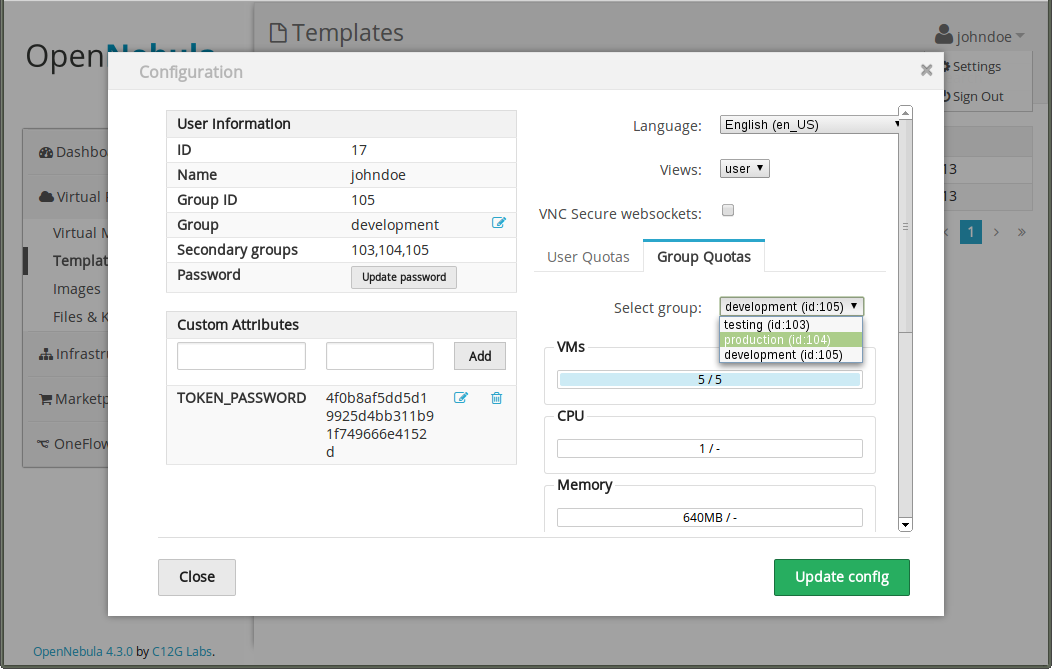Nov 7th, 2013. You are surely aware of the new features introduced in OpenNebula 4.2 Flame, and its focus to strengthen the most demanded and useful features. So now is time to move forward and implement new features demanded by our uses and that’s why the beta version OpenNebula 4.4 Retina is out for testing! This release includes important features that meet real demands from production environments, with a focus on optimization of storage, monitoring, cloud bursting, and public cloud interfaces.
OpenNebula Retina includes support for multiple system datastores, which enables a much more efficient usage of the storage resources for running Virtual Machines. This feature ships with different scheduling policies for storage load balancing, intended to instruct OpenNebula to spread the running Virtual Machines across different storage mediums to optimize their use. This translates in the ability to define more than one disk (or other backend) to hold running VMs in a particular cluster. Monitorization subsystem in OpenNebula underwent a major redesign as well, effectively switching from a pulling mechanism to a pushing model, with the implications in scalability improvements.
An important effort has been made in the hybrid cloud model (cloud bursting). Using the AWS API tools have been deprecated in favor of the new Ruby SDK released, which allows the support of new AWS mechanisms like for instance IAM. Also, now is possible to fully support hybrid VM templates. Moreover, the AWS public cloud interface implemented by OpenNebula has been revisited and extended to support new functionality, as well as improved so the instance types are offered to the end user from OpenNebula templates.
We are now set to basically bug-fixing and feature-freeze. Note that this is a beta release aimed at testers and developers to try the new features, and send a more than welcomed feedback for the final release.
As usual OpenNebula releases are named after a Nebula. The Retina Nebula (IC 4406) is a planetary nebula near the western border of the constellation Lupus, the Wolf. It has dust clouds and has the shape of a torus.
Relevant Links




0 Comments